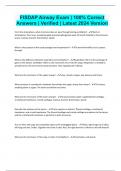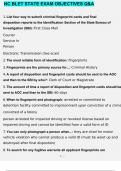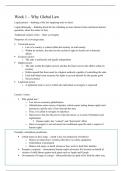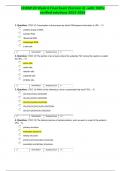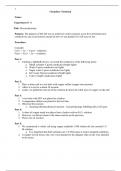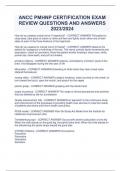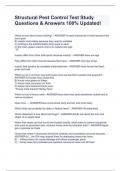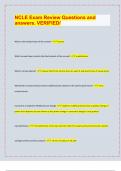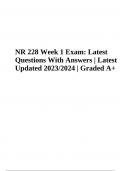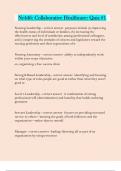Examen
FISDAP Airway Exam | 100% Correct Answers | Verified | Latest 2024 Version
- Cours
- Établissement
From the atmosphere, what structures does air pass through during ventilation? - Starts in atmosphere, then nose, nasopharyngeal space/orophargyneal space (if mouth breather), then pharynx, larynx, trachea, bronchi, bronchioles, alveoli What is the purpose of the nasal passages and nasopharynx? ...
[Montrer plus]
